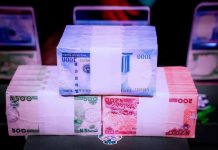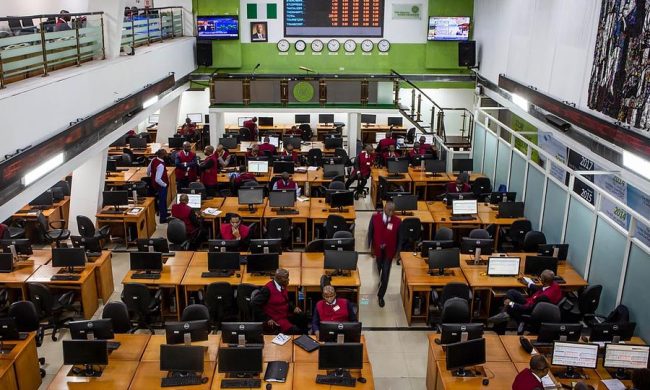Nigeria’s bond rate drops to 12.7% as the local debt capital market continues to rise in anticipation of the country’s 2023 borrowing plan. The majority of secondary market trading sessions concluded on a favorable tone in the latter part of 2022.
Due to a lack of available alternatives, investors kept up their buying pace despite real returns on investments being more spread out. However, there was an odd tendency in the world of investing.
Value investors in the economy made considerable investments in both the equity and fixed income markets, while international investors remained mainly hidden owing to increased uncertainty in the foreign currency market.
Returns on naira assets have been substantially worse due to inflation pressures, a weakening local currency, and a high interest rate environment. However, traders informed MarketForces Africa that with the new borrowing plan on the horizon, yield will be re-priced.
According to Zainab Ahmed, the finance minister, the federal government intends to securitize the N23 trillion in ways and means assistance it got from the Central Bank of Nigeria in 2023.
Analysts anticipate that if the request is approved, the number of loans to bonds would increase and the yield will climb. They did point out that the market would still have to deal with growing inflation and a weak naira.
Investors continued to take positions in lucrative positions throughout the curve in the first week of trading on FGN bonds secondary market as they awaited the publication of the Q1-2023 bond issuance schedule.
As a result, according to Cordros Capital, the average yield decreased by 36bps to 12.7%, contracting in the short (-80bps), mid (-34bps), and long (-2bps) parts of the benchmark curve.
Following demand for the bonds due in APR 2023 (-161bps), NOV 2029 (-44bps), and APR 2049 (-16bps), respectively, the following events occurred.
“In the short term, we expect FGN bond yields to oscillate around current levels, pending the publication of the FGN bond issuance calendar for the first quarter of 2023.
“Notwithstanding, we maintain our view of an uptick in bond yields in the medium term, as the FGN’s borrowing plan for 2023 and expected fiscal deficit point towards an elevated supply”, analysts said.
The 10-year, 16.29% FGN MAR 2027 paper and the 20-year, 16.25% FGN APR 2037 paper gained N4.41 and N0.34, respectively, according to trader notes, as the bond market experienced a surge in demand.
As a result, according to Cowry Asset Management notes, the bonds instruments’ equivalent yields decreased to 12.60% (from 13.93%) and 14.57% (from 14.62%), respectively.
While the 15-year, 12.50% FGN MAR 2035 note’s yield increased to 13.50% from 13.50%, the 30-year, 12.98% FGN MAR 2040 bond lost N0.99 and saw a similar yield increase to 14.15% (from 14.00%).
In other markets, the price of FGN eurobonds traded on the global debt capital market rose across all maturities as a result of resurgent investor interest.
The 10-year, 6.38% paper due on JUL 12, 2023; the 20-year, 7.69% paper due on FEB 23, 2038; and the 30-year, 7.62% paper due on NOV 28, 2047, all saw gains of $0.44, $1.95, and $2.25, respectively. Their respective yields decreased to 8.23% (down from 9.06%), 12.22% (down from 12.48%), and 11.87% (down from 12.29%).














